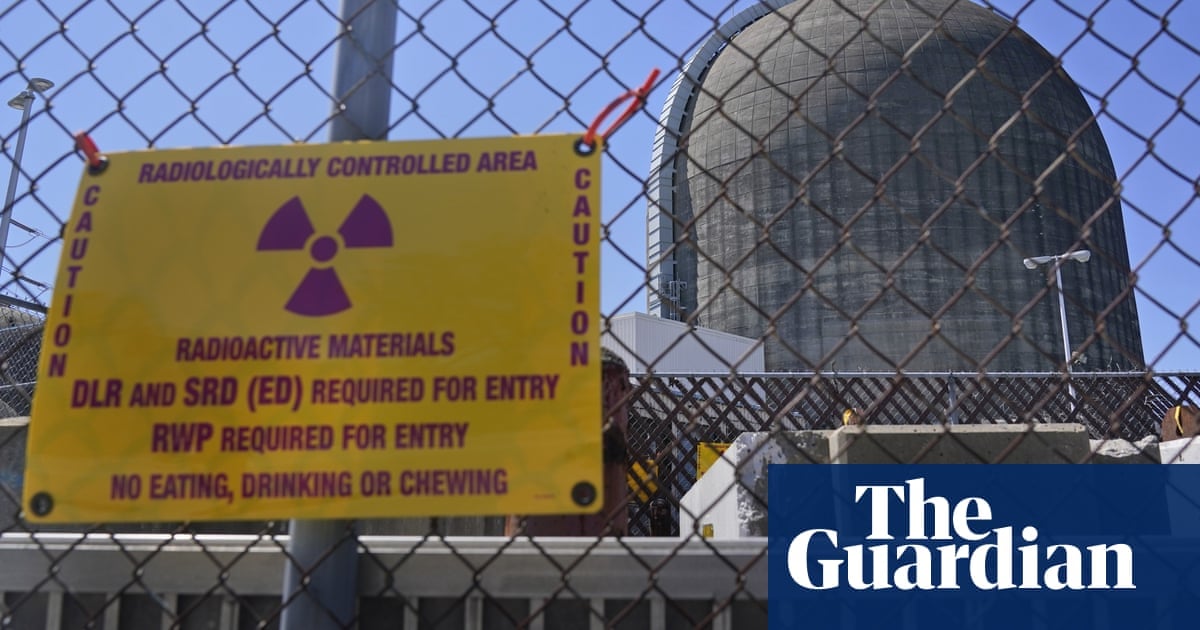Shuttering of New York facility raises awkward climate crisis questions as gas – not renewables – fills gap in power generation
When New York’s deteriorating and unloved Indian Point nuclear plant finally shuttered in 2021, its demise was met with delight from environmentalists who had long demanded it be scrapped.
But there has been a sting in the tail – since the closure, New York’s greenhouse gas emissions have gone up.
Castigated for its impact upon the surrounding environment and feared for its potential to unleash disaster close to the heart of New York City, Indian Point nevertheless supplied a large chunk of the state’s carbon-free electricity.
Since the plant’s closure, it has been gas, rather then clean energy such as solar and wind, that has filled the void, leaving New York City in the embarrassing situation of seeing its planet-heating emissions jump in recent years to the point its power grid is now dirtier than Texas’s, as well as the US average.



First off, RBMK (Chernobyl) wasn’t safe as designed. In the US, the style of reactor wouldn’t have made it through the required licensing.
Second of all, the consequences being way worse is an exaggeration. If a nuclear power plant has a small release, the (real, scientific) impact would be minimal. If it has a large release then something else happened and the reactor containment was destroyed and whatever massive natural disaster did that is causing waaaaayy more problems. We’re probably all dead anyway.
People are afraid of radiation because you can’t see or smell or hear it. Which is probably a good thing considering you are surrounded by it all the time.
Someone recently said to me that if people had been introduced to electricity by watching someone die in an electric chair, they’d refuse to have power in their homes. People were introduced to radiation by an atomic bomb.
People: “I’m going to enjoy this sunny day with my shirt off and no sunscreen”
Same people: “I don’t want a nuclear plant anywhere in my country.”
Also fun are the 5G haters who don’t realize that 5G is being delivered over 3.4 ghz to 4.2 ghz but they’re ok with the wireless home phones doing 2.4ghz. Also fun fact for those who don’t know but you can actually destroy cellular tissue with ultrasound if the amplitude is high enough. Of course the range for this is very short and ultrasonic imagers don’t have the power to do this but ultimately this can be summarized as “everything is dangerous if you use enough of it” which just seems obvious and shouldn’t need to be mentioned.